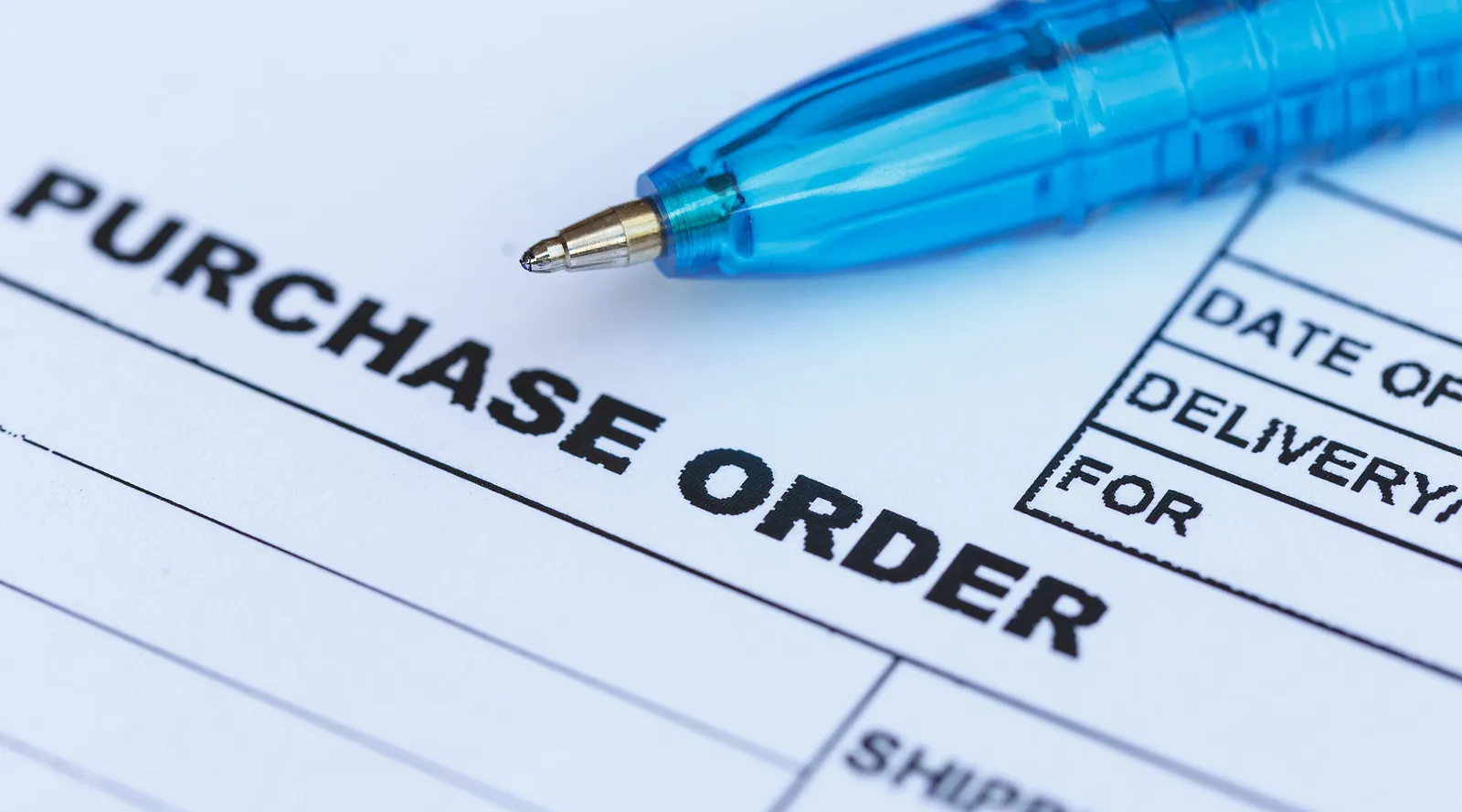
You are visiting the Singapore Kee Safety website from United States. Would you like to go to the United States site?

Maintaining health and safety standards in the workplace is more than simply designing and implementing a robust framework of rules and guidelines - it also involves ensuring that all the necessary equipment that will help uphold workplace safety is on hand at all times.
Once a company has determined what equipment it needs - typically through a worksite or office health and safety audit - the Purchasing Manager will need to write a Request for Proposal (RFP) to procure all the items.
Writing an RFP is a crucial part of the procurement process as it helps a business find vendors that are able to cater to its needs. Therefore, it is important to do it correctly.
Read on to find out some helpful tips for writing an RFP that lets suppliers know exactly what your company is looking for.
The RFP should communicate your company’s needs as clearly and concisely as possible. To do this, you need to write your RFP with the following steps:
Make it clear from the outset what your company does: the sectors it operates in and the main products or services it offers. It may also be helpful to outline the company’s vision. There is no need to go into a lot of detail; the idea is to give potential vendors the information they need to decide whether they want to do business with your company. Be sure to state the intentions behind the RFP and include contact details for the person who will be considering proposals and responding to any queries.
The RFP should say exactly what types of equipment are needed and in what quantities. If your company requires specific models, make sure you name them. Be clear about the investment your company is willing to spend on the equipment.
Let vendors know the deadline for submitting a proposal, as well as the date by which they can expect a response and the date by which they will be required to supply the equipment.
To avoid wasting unqualified vendors’ time, explain as clearly as possible the basis on which you will be choosing a supplier. For example, you might want to consider a vendor’s:
Note the format in which a proposal should be submitted. Give a brief description of what should be included in each section of the proposal. This will ensure that no important information is left out and that all proposals conform to the same basic structure, thereby making the evaluation process easier. It is also good to include other instructions, such as whether a proposal should be sent in electronic or physical form.
Writing an RFP that clearly sets out your company’s requirements and expectations may take a substantial amount of care and effort, but it is worth it in the long run. A good RFP will benefit your business in two key areas:
The upshot is that your company will be able to get exactly the equipment it needs to make up for any deficiencies identified in the office health and safety audit as quickly as possible and within the budget.
Once you have issued your RFP and begun to receive responses, your company will need to assess the strengths and weaknesses of each vendor based on the quality of their proposal as well as other information gathered through the due diligence process. If you’d like some tips on how to choose the right health and safety equipment provider, we outlined some in another article.
You can also contact us to discuss your health and safety equipment needs. Kee Safety is one of the world’s leading health and safety equipment providers and we have decades of experience serving clients in a range of industries, so you can count on us to help your company meet its health and safety obligations.